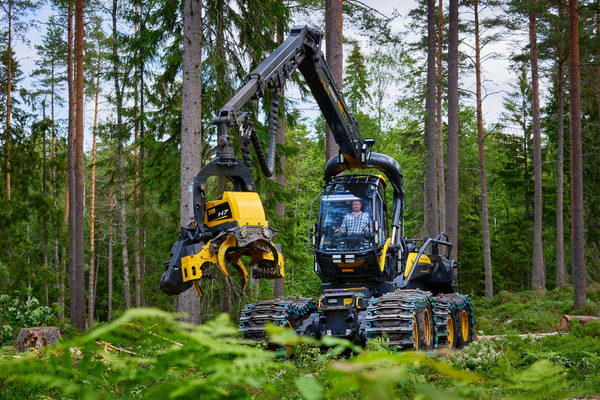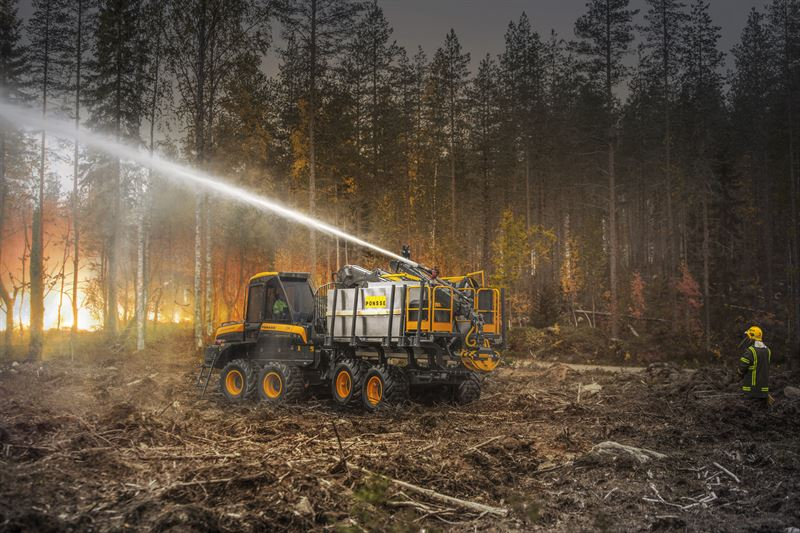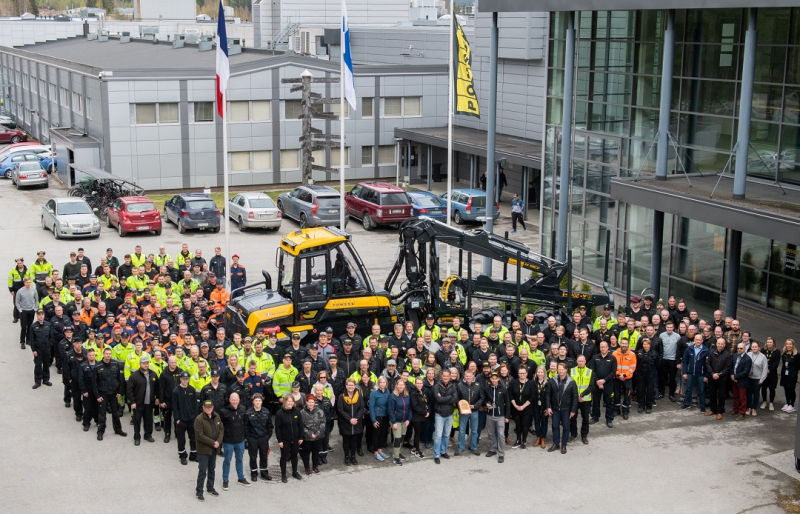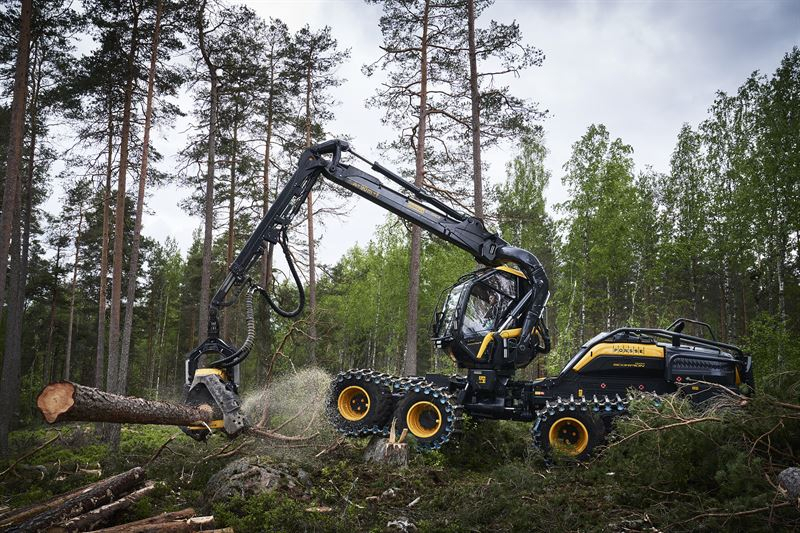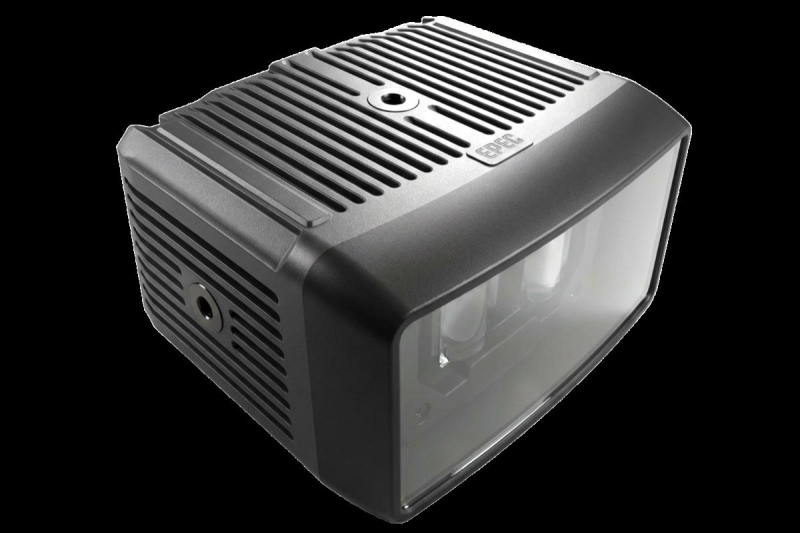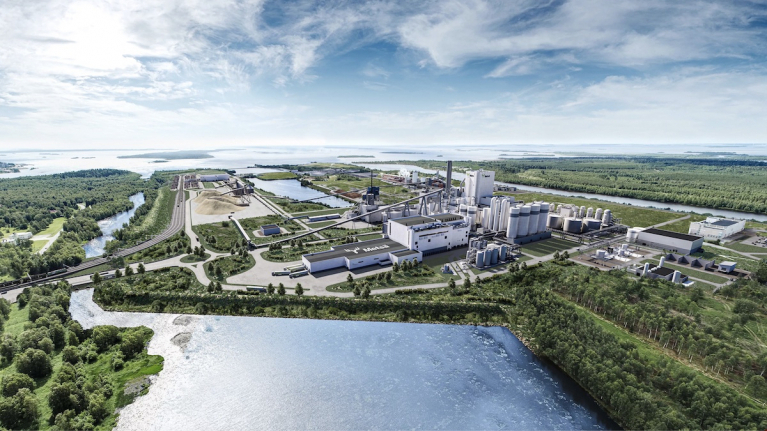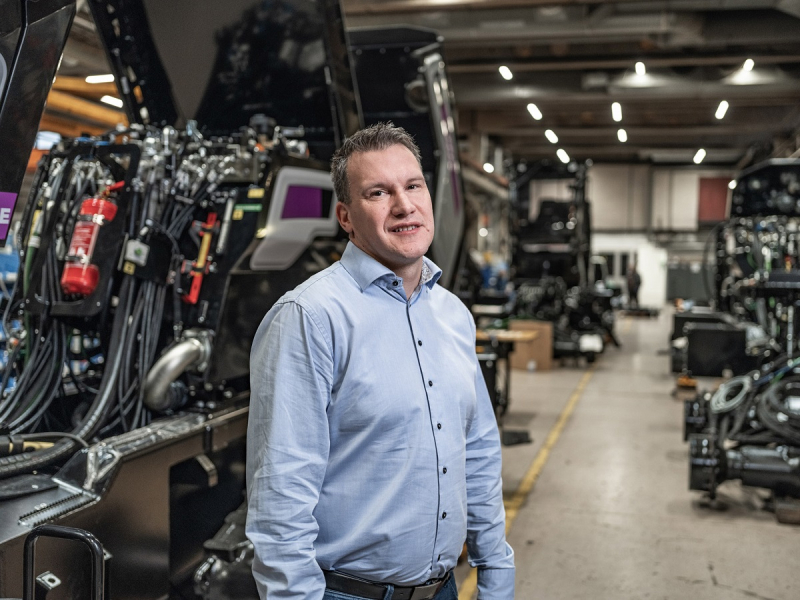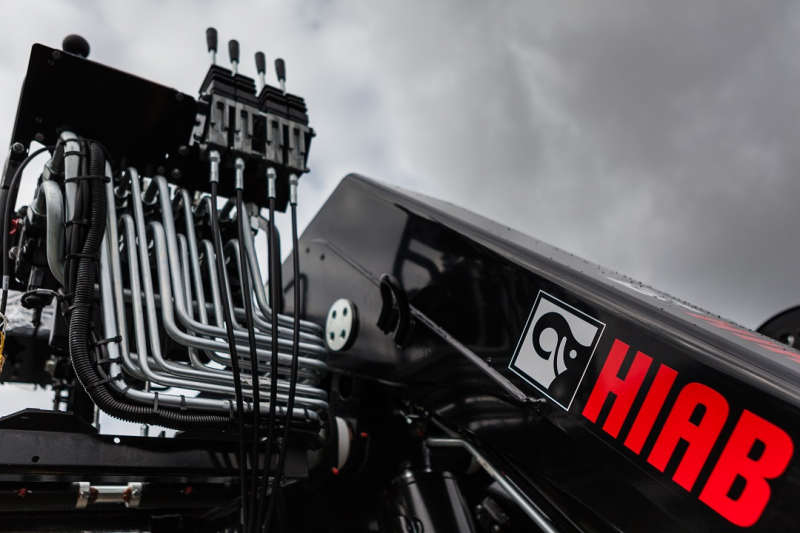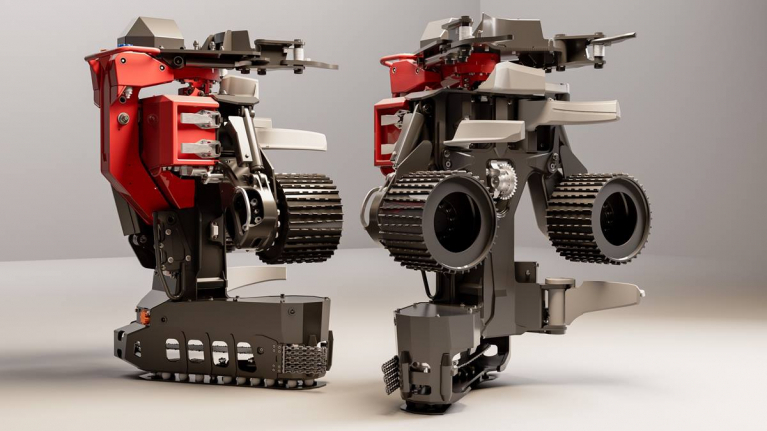Cabin suspension and more precise positioning please Ponsses european customers
Ville Mansikkamäki, Vice President Europe, and Ville Hukkanen, Director of Product Management and PMO at Ponsse, smile with satisfaction when their new products are presented at the opening of the FinnMETKO trade fair. While Ponsse is not presenting any completely new model series this year, it has a long list of smaller innovations. Many of them meet the needs of European customers in particular.

"Our smallest forwarder models, the PONSSE Elk and PONSSE Wisent, have been updated. Both have a new frame and frame joint that is now welded instead of cast. The simpler structure offers increased durability and versatility. For example, in terms of load capacity, the change in the centre of gravity and the design of the load space enable the Wisent to transport two three-metre bundles,” says Hukkanen.
Mansikkamäki is confident that the Active Cabin cab suspension, now available also on the Elk and Wisent models, will be gladly welcomed by customers. The suspension is similar to the system previously available on the Buffalo model.

Small but noticeable improvements to seats
Hukkanen is particularly pleased with the updated seats. Before, the armrests were connected by a ball joint, and adjusting them could be a little tricky. Now the armrests move along slide rails vertically and horizontally, making it easy to lock them in a suitable position. Electrically adjustable seats are also an option, allowing the driver to return the seat and armrests to their desired settings at the start of the shift by pressing a button.
The new, wireless PONSSE Scale crane scale system also improves working comfort and efficiency. It is at least as accurate and reliable as the previous system, only without cables. Thanks to a better calculation algorithm, the driver no longer has to separately select whether to weigh branches or something else.
“A load scale is of course necessary when harvesting energy wood, but it has other benefits as well. For example, loading is more accurate, it prevents overloading, and loads of just the right weight for soft terrain can be achieved,” reminds Hukkanen.

Positioning with the accuracy of individual stumps
With the optional PONSSE High-Precision Positioning system, not only the machine itself, but also the position of the harvester head can be located with an accuracy of less than half a metre. The driver of the harvester can clearly see the boundaries of the area to be harvested on the display, while the driver of the forwarder can see even more precisely the path made by the harvester and the location of individual stacks by their type.
“I just visited a cooperative in Germany, where the plots of the forest owners were very small and staggered with each other. In a place like that, the High-Precision Positioning system makes work a lot easier," says Mansikkamäki.

Easy stacking of even the biggest trees
Active Crane is now also available for the C5 and C6 sliding boom cranes popular in Central Europe and in mountainous regions. Active Crane offers the greatest benefit precisely with these sliding boom cranes, as operators have one more trajectory to control. Hukkanen also refers to Active Crane as coordinate control, because instead of controlling the different joints of the crane, the operator moves the crane head in the desired direction according to coordinates, and the automation takes care of the rest.

The H7 is the most popular harvester head in many parts of Europe. A large number of updates have now been made to this model. With the Active Speed feature, the rollers automatically move the first base logs with full force and the light top of the tree with less force and faster, which increases overall efficiency. Thanks to the updated design, snow or logging residues can no longer get packed behind the cylinders. The geometry has been revised so that the shoulder pins are even wider, allowing the rollers to turn better under the tree. While the rollers used to squeeze the wood from the side, they now carry it from below. Thanks to the renewed geometry, for example, curved trunks now pass much more gently through the harvester head and processing them is much more pleasant.

"Several different updates to the harvester head improve its efficiency. For example, several kilowatts of power are saved in hydraulics, which is also reflected in fuel consumption,” Hukkanen points out.



